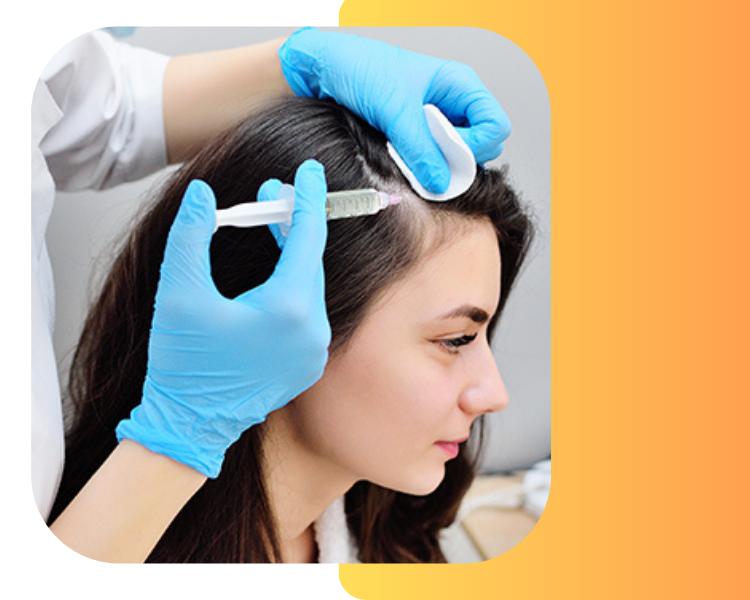Hair PRP Treatments
Guidance To Hair PRP
PRP (Platelet-Rich Plasma) is a regenerative medical treatment widely used in dermatology and hair restoration. It is derived from the patient’s blood and contains a high concentration of platelets and growth factors, which are essential for tissue repair, regeneration, and healing. In hair restoration, PRP stimulates hair follicles, promotes hair growth, and improves scalp health. This makes it a safe and minimally invasive option for individuals with hair thinning or hair loss.
Doctors often combine PRP therapy with other treatments such as topical medications or low-level laser therapy for enhanced results. Because it uses the patient’s own blood, the procedure carries minimal risk and typically involves no downtime. However, results can vary depending on the cause and severity of hair loss, as well as the individual’s response to the treatment. Overall, PRP provides a natural and effective approach to restoring hair density and achieving healthier, fuller-looking hair.


PRP Treatment
In hair restoration, PRP stimulates hair follicles, encourages hair growth, and boosts scalp and hair health. Below is a brief overview of the PRP hair treatment process:
Blood Collection:
A small sample of blood is drawn, typically from the patient’s arm.
Centrifugation:
A centrifuge spins the sample rapidly to separate its components. During this stage, the platelets and growth factors concentrate into PRP.
PRP Preparation:
Clinicians isolate the PRP, now rich in growth factors, from the remaining blood components.
Scalp Injections or Topical Application:
Depending on the treatment plan, the clinician injects PRP into targeted scalp areas or applies it topically after microneedling.
Stimulation of Hair Follicles:
Growth factors in PRP activate dormant follicles, encouraging new hair growth and improving thickness.
Multiple Sessions:
Generally, the treatment includes several sessions spaced weeks apart to ensure optimal results.
